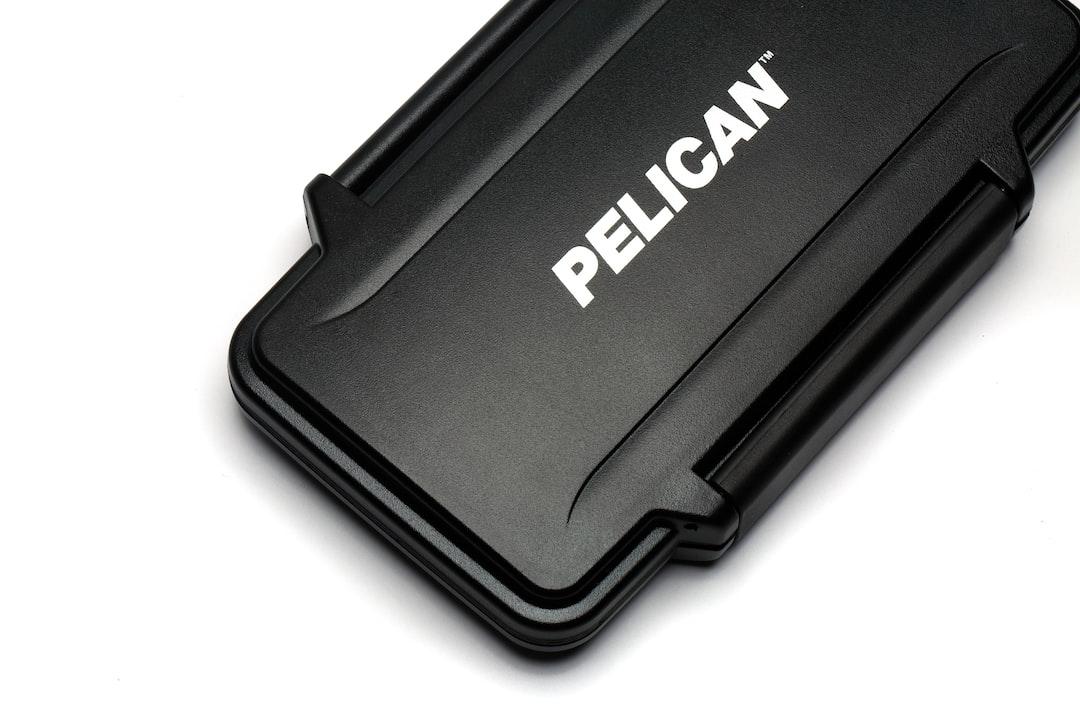The deflationary nature of Ether (ETH) has come to an end with the implementation of Ethereum’s highly anticipated Dencun upgrade, which went live two months ago.
According to data from CryptoQuant, the total supply of Ether increased from 120 million on March 12 to 120.1 million on May 7, following the rollout of the Dencun upgrade on the mainnet.
While this increase may seem small, it is the first time since September 2022, when the Merge transitioned Ethereum to its proof-of-stake consensus model, that Ether’s supply has turned inflationary.
Temporarily losing its deflationary status is not a critical issue for the Ethereum network, as its main advantages lie in decentralized applications (DApps), as stated by Ki Young Ju, the founder and CEO of CryptoQuant, in a post on May 9.
Ether initially became deflationary after the Merge on September 15, 2022, when a mechanism was introduced to permanently burn transaction fees on the network, resulting in a decrease in Ether supply. According to ultrasound.money, over 419,713 ETH has been burned or permanently removed from circulation since the Merge.
The Dencun upgrade has put an end to Ether’s inflationary trend by significantly reducing median transaction fees while maintaining the same level of network activity. However, this could also mean the end of Ether’s status as ultra sound money, as stated in a report by CryptoQuant on May 8.
With lower transaction fees, the amount of Ether being burned has decreased to its lowest levels since the Merge, while supply growth has reached its highest level since the upgrade.
In related news, VanEck subsidiary’s memecoin index has seen a 137% year-to-date increase.

